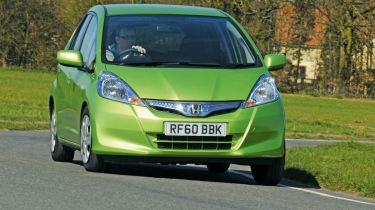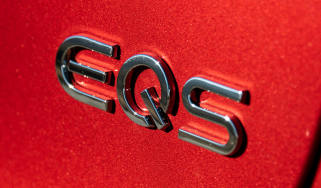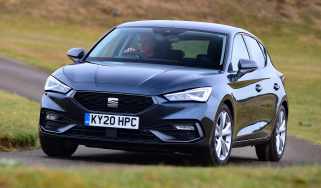Honda Jazz hybrid
Petrol-electric tech comes to the supermini market
When the original Jazz arrived in 2002, it was unlike anything the supermini class had seen before. Beneath the upright but well proportioned body, Honda had moved the fuel tank from its traditional location at the rear of the car to under the front seats, freeing up space for a set of devilishly smart folding rear chairs.
As a result, the Jazz offered the kind of functionality rarely found in conventional small cars. It arguably inspired the modern-day supermini-MPV sector.
[[{"type":"media","view_mode":"content_narrow","fid":"69307","attributes":{"alt":"","class":"media-image"}}]]
The current version debuted in 2008, and the arrival of the new hybrid model coincides with a mid-life refresh for the whole range. On the outside, you’ll be hard pressed to spot the visual differences, but fans of the brand will identify the new bumpers, which are designed to improve aerodynamics, plus the petrol-electric model’s questionable jewelled lights front and rear.
Honda has left the award-winning interior packaging alone, and the installation of the battery pack and power control unit under the boot hasn’t affected the roomy 300-litre load capacity.
The so-called Magic Seats in the rear also operate in the same way as before. They fold into the floor in one movement to give a total load space of 1,320 litres. Alternatively, the base squabs fold upwards, cinema-style, allowing tall items to stand upright in the void they create. The seatbacks also recline by up to 73mm now, and with such a spacious cabin and flexible seats, the Honda is the practicality champ in this trio.
Up front, the driver sits a little higher than in the other models, but the design of the A-pillars can cause blind spots as you approach junctions. At least build quality is typically top drawer, and the cabin is impressively finished.
Additions include a set of blue-backlit dials and an eco read-out to show how efficiently you’re driving. The chunky audio controls are simple to use, and the neat three-pod instrument binnacle a breeze to understand. But this functionality extends to the plastics on the dashboard, which are hard and lack the tactile quality found in many European machines.
More likely to polarise opinion, though, is the way the Honda drives. As with the Insight, it uses a constantly variable transmission (CVT) with seven pre-programmed ‘ratios’. And this dominates the experience. Maintain light throttle inputs, and the 1.3-litre engine remains hushed, but press the accelerator hard, and the box fixes the revs high in the range until you release the pedal.
The unresponsive steering wheel-mounted paddleshifters don’t help. They’re best employed to select downchanges when cutting your speed, so you get the benefit of engine braking. The jittery ride also disappoints, and while the steering has been revised to provide more positive feedback at speed, it still feels over assisted.
In corners, the Jazz suffers more body roll than its rivals, as you get a sense of the higher centre of gravity. Still, there’s plenty of grip and the handling is reassuring and composed.
Of far more concern is the intrusive wind, engine and tyre noise at motorway speeds. This is a pity, as around town, the light controls make the Honda easy to drive. Plus, while it rarely runs in full zero-emissions electric mode, the CVT makes sense in traffic.
These dynamic shortcomings would be easy to excuse if the Jazz was more affordable than its rivals, or even if it provided significant gains at the pumps. But neither applies here. Press the ‘Econ’ button on the dash, and Honda claims the throttle inputs and CVT shifts are made smoother, plus the brake energy regeneration is increased and the air-con works more efficiently. Yet we didn’t notice any difference.
It certainly wasn’t born out by the figures: not only is the Jazz the priciest choice, it was also the most thirsty, returning 33.2mpg. Not good enough for a car that trades on its green credentials.
Details
Chart position: 3
WHY: Addition of hi-tech hybrid powertrain gives the ingeniously flexible Jazz a unique selling point in the supermini sector.



